Use these tactics
Let’s explore these tactics with an example: Pip’s Cafe
Pip’s Cafe management team decides to engage in a hands-on approach to understand their customers better and identify areas for improvement. See below how Pip’s Cafe management uses these tactics to solve their problem.
1
Use Watering Holes to seek out potential customers
Use Watering Holes to seek out potential customers

🧠 What’s the goal? Go to where your audience naturally hangs out, so you can find out what truly matters to them.
👀 Why is this important? To learn about a creature’s natural behaviours, zoologists get out of the zoo and observe them in the wild. Like the zoo, many research methods are artificial. You risk biasing people to talk about what you care about, not what they care about. Use this tactic when you don’t yet have easy access to chat with your audience.
💡 Tip: when searching online, use ‘insider’ language to help you find more leads.
Instructions
There’s no ready-made community called ‘people ready to buy my idea’. It takes effort to figure out where your audience hangs out – but the information you’ll get there is worth it!
Your hunt will involve feeling lost. Many clues will lead to dead ends, but remember: every audience goes somewhere for advice, info, products and services, to watch videos, etc.
-
List 10-15 phrases you believe your audience associates with themselves and the topic at hand, including:
-
jargon
-
techniques, methods and processes
-
tools, software, hardware
-
books, magazines
-
services, conferences, courses
-
how they describe themselves (e.g., dog lover, business owner), and how others describe them, people they interact with (e.g., colleagues, helpers)
-
influencers, authors and creators they follow
-
Example: Coffee, Beans, Grinder, Espresso, Aeropress, Specialty coffee, Joe, Java, Roaster, Coffee shop, Pact, Barista…etc.
-
Search online for each of the terms you listed to find leads to follow. Add modifiers your searches: best, worst, reviews, advice, questions, problems, tutorial, chat, community, group, forum, list…
Tip: some watering holes are offline. Dog lovers go to dog shows and pet cafes, business owners join local networking chapters.
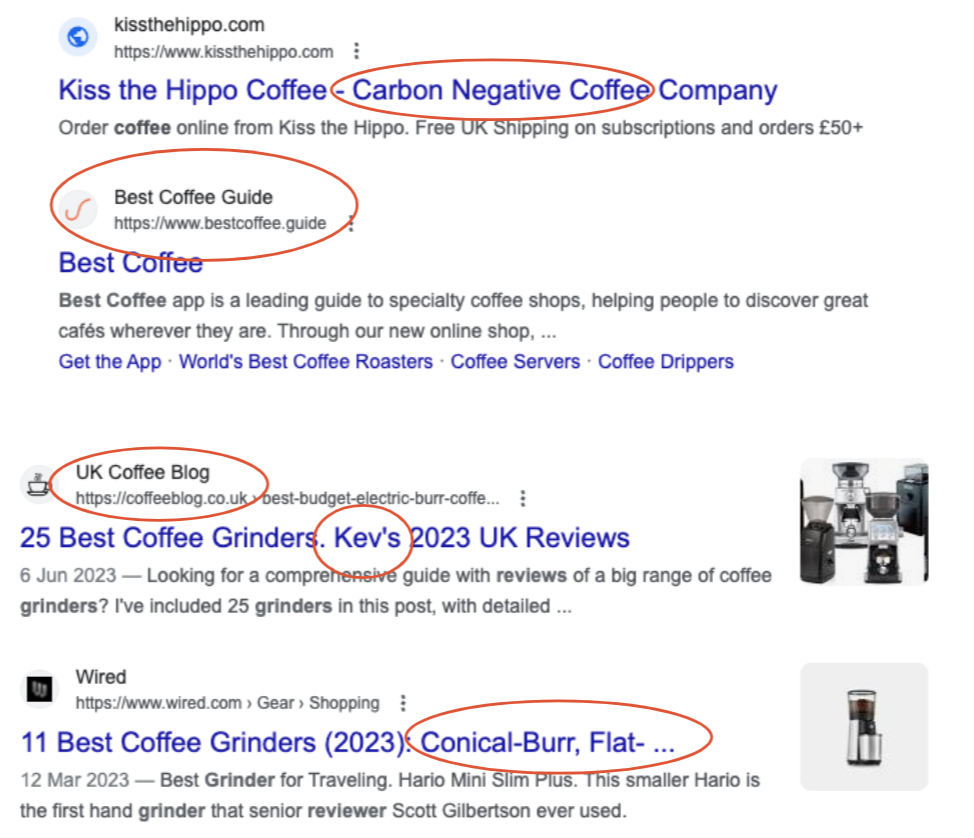
-
Assess each lead. Even if a watering hole looks irrelevant or abandoned, are there some clues about where to look next?

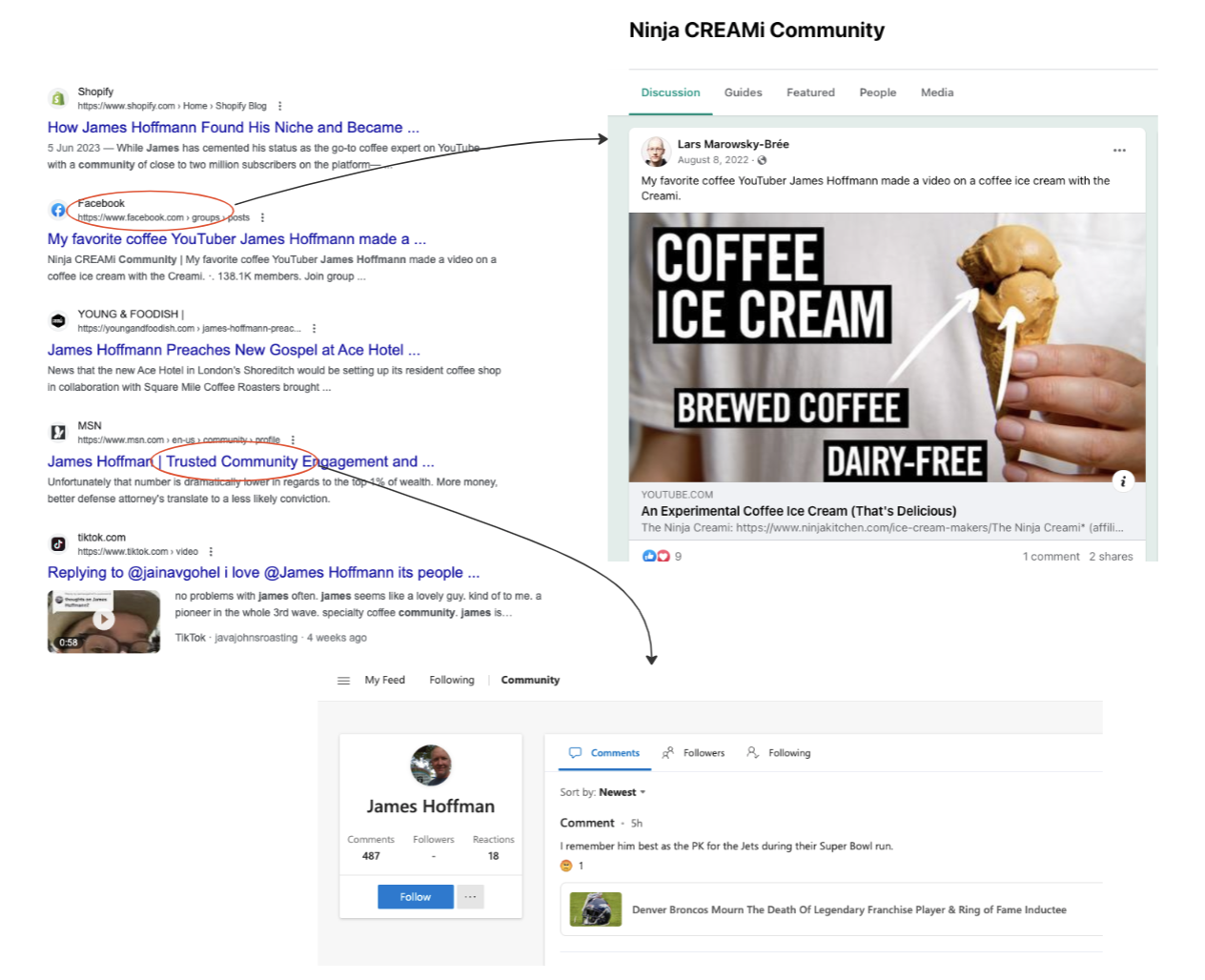
⬇️ When you find some useful Watering Holes, get ready to dig deeper and ask questions with Pain X-ray.
2
Use Pain X-ray to uncover peoples struggles
Use Pain X-ray to uncover peoples struggles
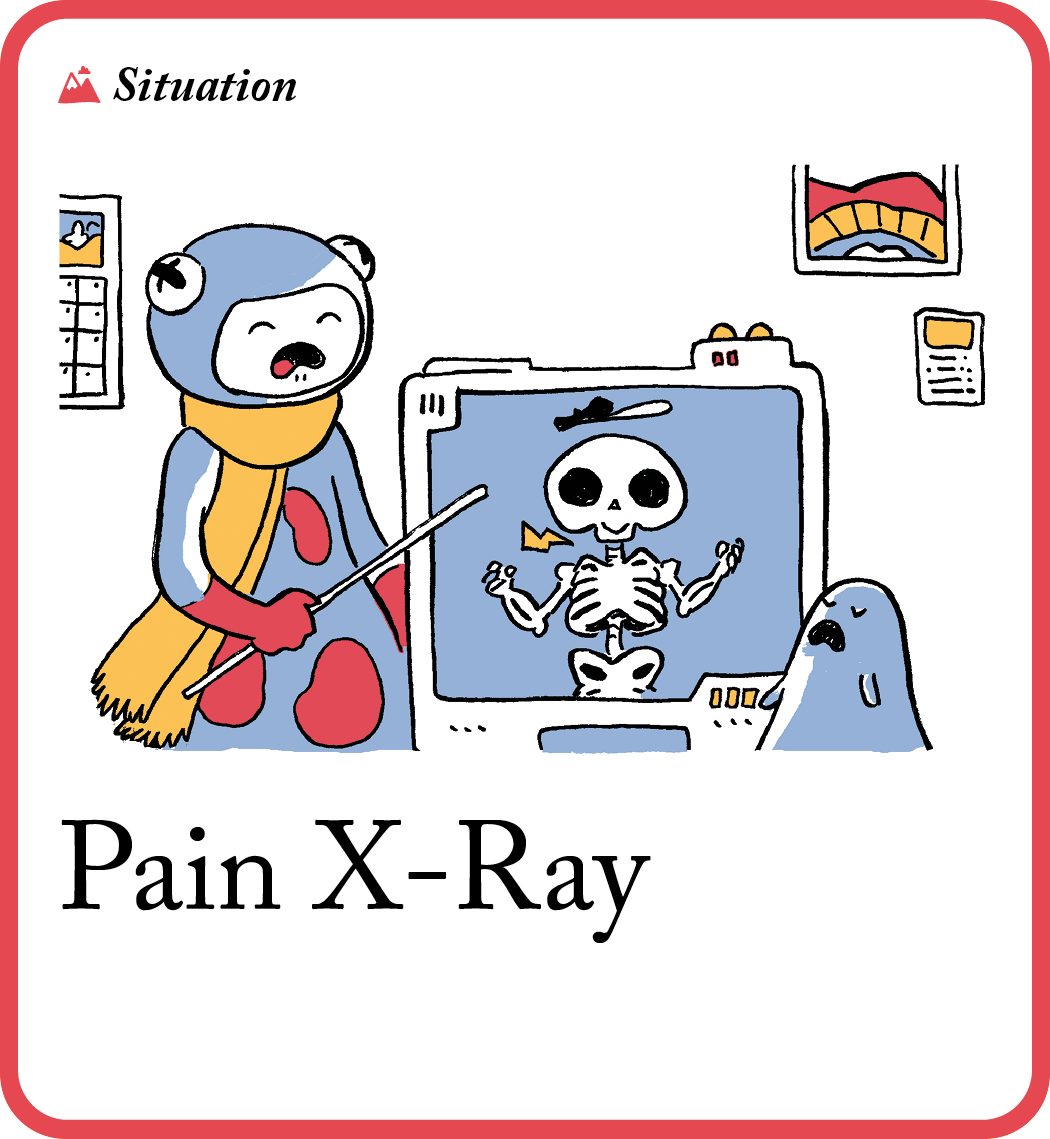
🧠 What’s the goal? Read between the lines of the words and phrases your audience use, so you can uncover their hidden pain – showing you genuine opportunities to innovate.
👀 Why is this important? Most of us try to hide our pain. Often we aren’t even aware of it. But we can’t avoid letting clues slip out, through our jokes, judgements and justifications. Use this tactic when you want to identify below-the-surface needs that your audience can’t express, so you can come up with novel innovations they’ll really want.
💡 Tip: this takes practice and patience. You can’t read minds, but you can see opportunities in repeating patterns.
Instructions
-
Write down every question and emotion you spot when exploring the Watering Holes from the last tactic. Questions are obvious, but emotions can be subtle. Record them under a section titled ‘Quotes’. Look for clues: debates, complaints, humour, sarcasm, outrage, prickliness, even the use of moralistic words like ‘should’.
Tip: capture the precise language your audience uses. When you can explain your idea in their words, they’ll ‘get it’ faster.
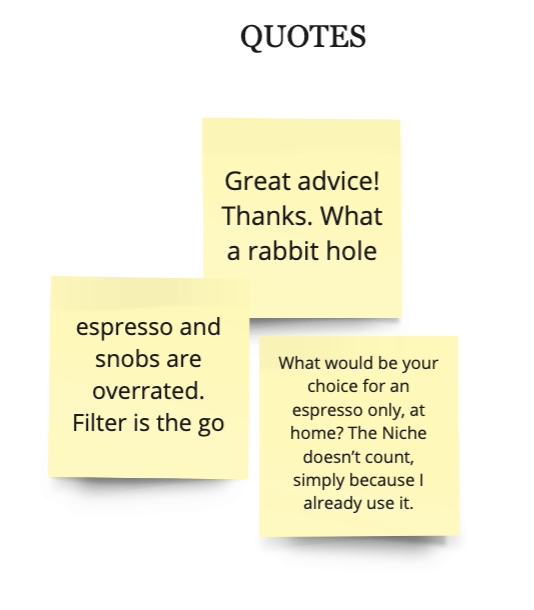
-
For each emotion and question, come up with a few stories that could illustrate the pain behind them. Add them under a section titled ‘Stories’. Then add the needs each story may indicate under a ‘Needs’ section.

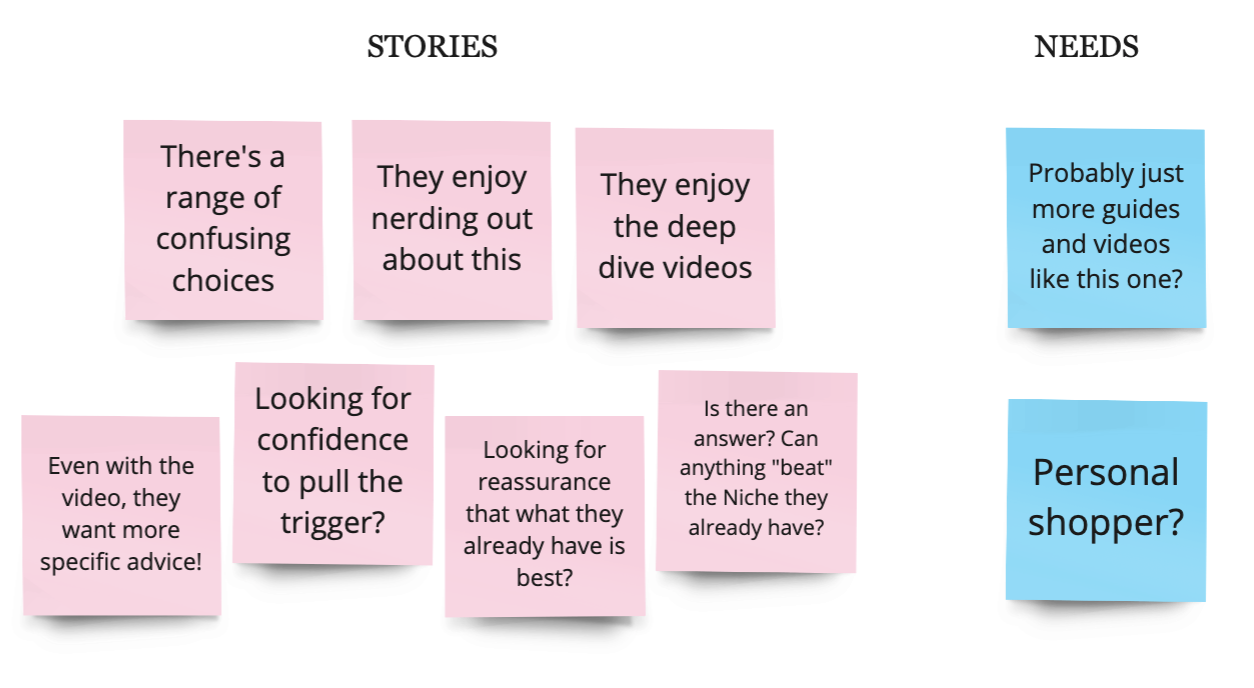
4. Scan the pile for stickies that feel like they belong together (similar theme, story or vibe). Sometimes, you might sense they go together even if you can’t put your finger on why. Group those stickies into a cluster.
Bonus: On a different coloured sticky, name the cluster, so you can spot themes at a glance.⬇️ In the next tactic, you will take what you have learned and reach out to potential customers in the Watering Holes you found using Recruitment Probe.
3
Use Recruitment Probe to identify potential customers’ interests
Use Recruitment Probe to identify potential customers’ interests
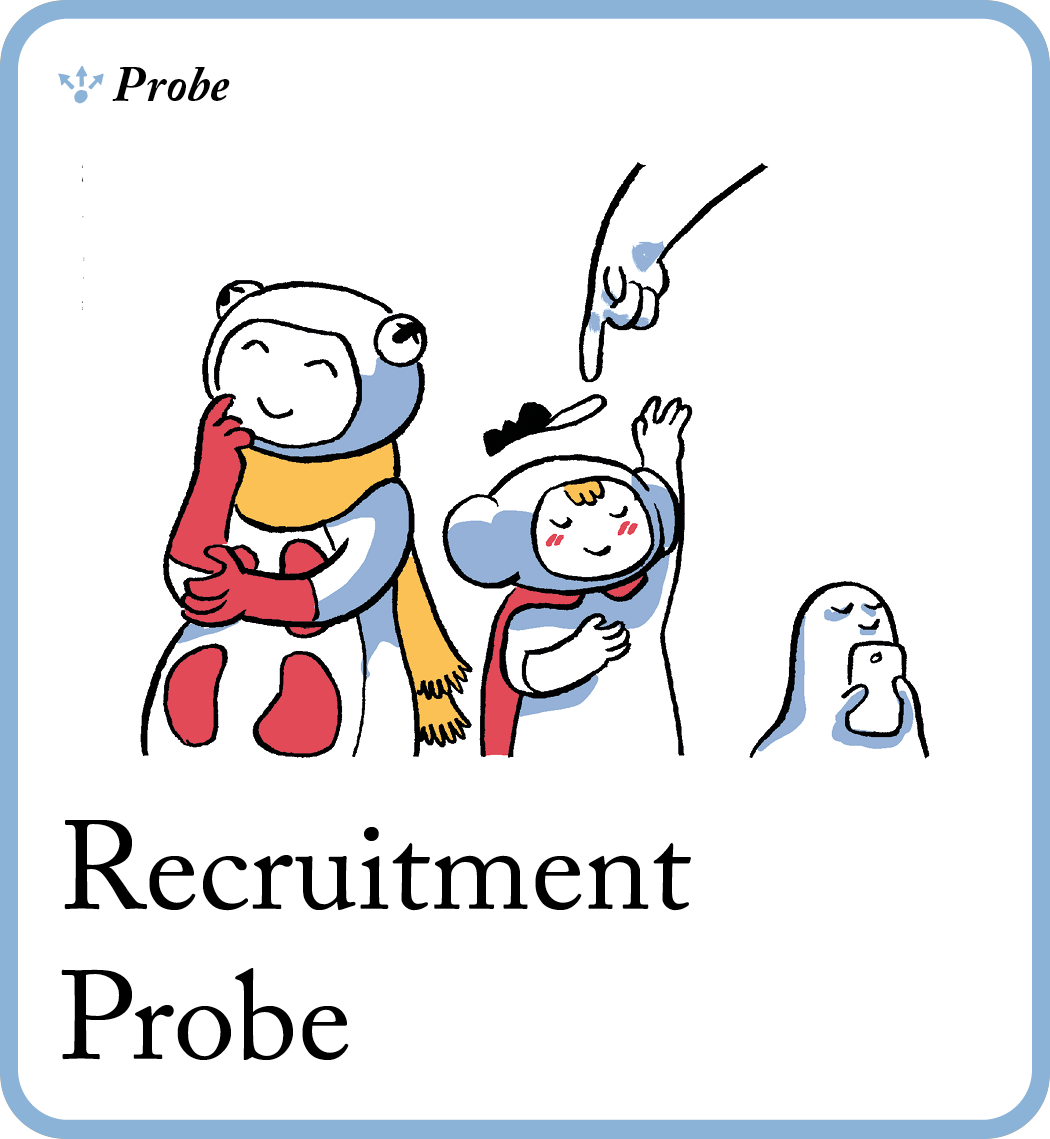
🧠 What’s the goal? Get early signals that people could be interested in solving a frustration by inviting them to chat about it.
👀 Why is this important? If you can’t find people to research with, how will you find them to sell to? Before you build anything, you need to test your beliefs about the audience you plan to sell to. You’ll learn a lot about what to build from people who’ll talk about a problem with you before you’ve built a solution. (It’s also a signal if nobody will show up.)
💡 Tip: when people ask you for a solution, this could disguise their underlying need.
Instructions
-
Write a short invitation asking people to speak with you. Mention:
-
the area of life and the struggle you want to talk about with them, described using your audience’s language,
-
that you’re not trying to sell them anything,
-
that you’ll share what you’ve learned about how others have made progress with this struggle.
-
-
Set up an easy way for people to accept. Don’t offer dates more than two weeks in the future. The longer the delay, the less likely it is they will show up.
• Use an automated booking service or tool• Offer three suggested times for a call in your message
• Ask them to fill in a form, then follow up yourself. Make sure you can book calls in quickly.
Example: Hello Coffee Lovers!At Pip’s Cafe we are on a mission to enhance your coffee experience, and we need your input! As fellow enthusiasts, we understand that brewing and enjoying coffee at home comes with its unique joys and challenges.
We’re not here to sell anything; we just want to hear your thoughts and share what we’ve learned about improving the home coffee experience from others like you.
Participating is easy. Use our simple online booking tool to select a convenient time for a friendly chat. We’re offering three time slots for our conversation in the next two weeks, so pick what works best for you. No lengthy forms, just a direct conversation about coffee.
We’re reaching out through community centre noticeboards, social media, and direct messages. If you know other coffee enthusiasts, feel free to share this invitation with them.
If we find that there’s less interest than expected, we’ll adapt our approach to better meet your needs.
We’re excited to connect with you and make your experiences at Pip’s Cafe even more delightful. Thank you for being part of our coffee-loving community!
Warm regards, The Management Team at Pip’s Cafe
-
Set Pivot Triggers (the point at which you will abandon your idea and try a different approach) so you can adapt quickly if too few people are interested.
Example: we’ll change our idea (or advert) if fewer than three out of 20 people show up for a chat. -
Get your invitation in front of people where they are:
• noticeboard in a community centre + phone number,• direct message on a social media site they use
• ask your friends to share a social media post
• put out an online advert linking to a sign-up form
Tip: cast your net wide at first. Filter for specific people later if you need to.
What ways can I use this recipe?
- 10-minute challenge: choose the tactic that scares you the most and try it out with a friend or colleague. Don’t overthink it! If nothing scares you, lucky you. Start with Watering Holes.
- The complete loop: this means short, separate sessions for each of the three tactics over an extended period of days, or even weeks.
- Full-day experience: do it all in one go! Spend the day diving deep and use all three tactics, with lots of breaks in-between.
Some tips
- Don’t make it hard. Take tiny, bold steps every day instead of changing everything all at once.
- Mistakes are important. They’re how you learn! So don’t try to be perfect, but do pay careful attention to failure.
- You are not your work! Don’t think “I need to get this right”, think “I want to find out as fast as possible what I can fix to make the experience for the user better.”
What next?
Congratulations you have completed How to find unexpected opportunities to innovate. You have found opportunities by going into the real world, where struggle is happening for your potential customers. And now, it is time to start talking to these people to see what you can learn.



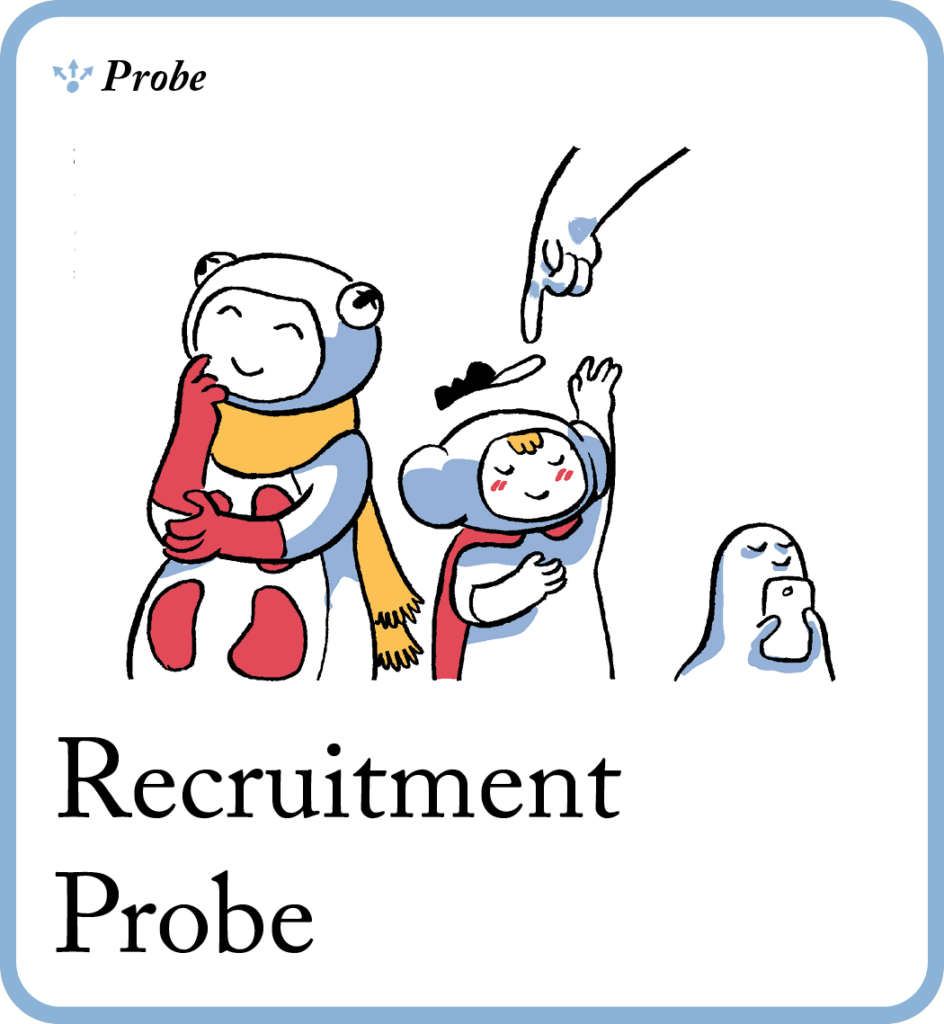
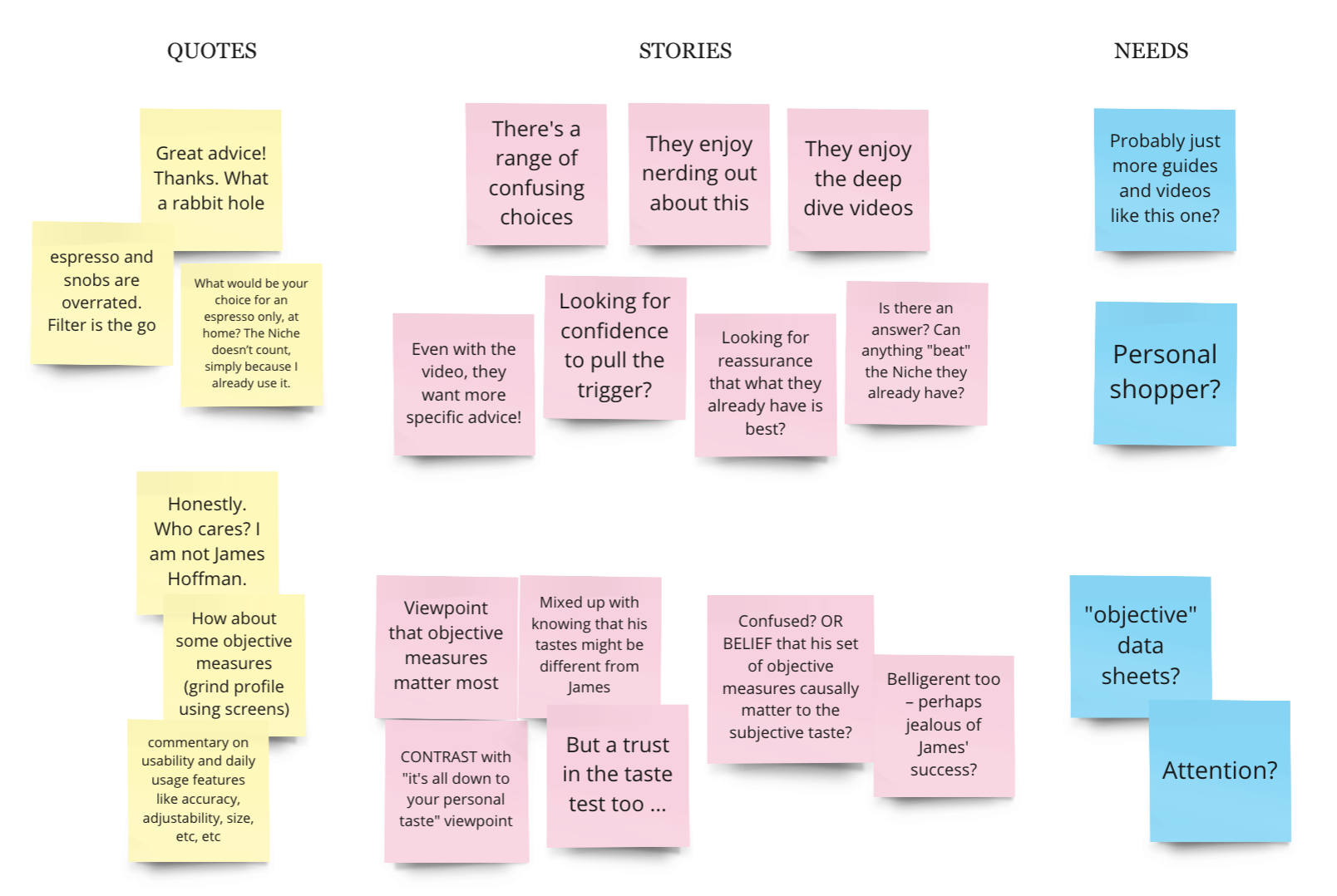
If you leave us your email, we'll let you know if we update this guide based on your feedback.